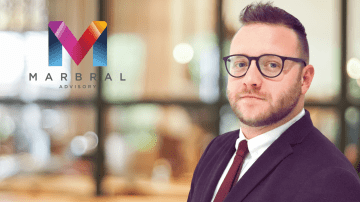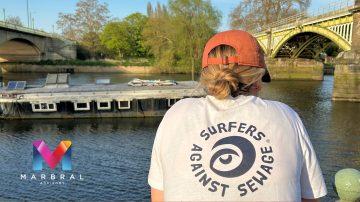Go green! Think green! Keep green and keep our planet clean!
We have all been subject to the green slogans that innovative brands pump out on the daily. Whether your company is floating in the whitewash or ripping outback – it’s time to close the gap in our commitment to the environment. But what does ‘going green’ really mean and how do we all get there? Sasha Ogden, Change Architect for Marbral Advisory, explains.
To be a green or sustainable business, you must operate with genuine intention to leave the world, communities, people, and stakeholders, better off. This has now become one of the most important challenges of our time, with aggressive climate targets being set at a macro level and a growing recognition in the value of wellbeing, purpose, and the planet. Organisations need to constantly adapt and modernise while simultaneously addressing our planetary constraints.
This is where projects play a pivotal role in building sustainability into the vision at the very start. It’s about asking the right questions; is the project economically feasible, what technology is appropriate, what positive or negative impacts does the project or its product have on the economy, the environment, and the workforce?
Mindset
It’s time for a paradigm shift for the mindset, and scope of projects. The evidence is clear, we are in climate change. Project leaders must be empowered to apply green thinking at every stage of the project life cycle, as well as to the project management techniques. It’s vital that we ensure both quality and sustainability are built into our thinking about a project, rather than as a bolt on or an afterthought.
Start Small
Change is hard and often initially seen as a negative. To counter this, our outlook must be resilient, flexible, and positive. By identifying and measuring the current state of play through Life Cycle Assessment (LCA) or Environmental Impact Assessment (EIA), project inputs and outputs can be evaluated holistically.
This changes the tide from simply choosing the cheapest upfront cost, to setting realistic and measurable goals that reduce environmental impact, whilst enhancing positive contributions.
Party Wave
Harnessing the power of the people is essential. Once you start a project with a green mindset and a green approach, a green consensus can then be established, stimulating change. To achieve this, you need to engage the right team:
- The people that care;
- The people who have influence;
- The people who can analyse, plan, advise, decide; and
- The people who bring out the best in the team.
Keep Paddling
It’s often the companies that have a purpose – beyond making money—that paddle the hardest.
Some of those that are paving the way are Patagonia, Finisterre, Rcyclr, Pela, and Olio.
With an influx of sustainability certifications (e.g., B Corp, Planet Mark, 1% for the Planet) entangled with readily available frameworks (e.g., SDGs, P5, ESG), it is now even easier for companies to be made accountable and manage all projects with transparency and to the highest standards of social and environmental performance.
There is always scope to do business better.
 If you need guidance on riding the green wave, whether that be project management, change management or a steer towards a more purpose-led business, look no further than Marbral Advisory.
If you need guidance on riding the green wave, whether that be project management, change management or a steer towards a more purpose-led business, look no further than Marbral Advisory.
Marbral Advisory also offer an ‘Introduction to Authentic Sustainability for Your Business’ through a short e-learning course, which explores today’s environmental and social challenges and the choices we can make as businesses and organisations to reduce damage – get in touch today!
Pictured: Sasha Ogden















